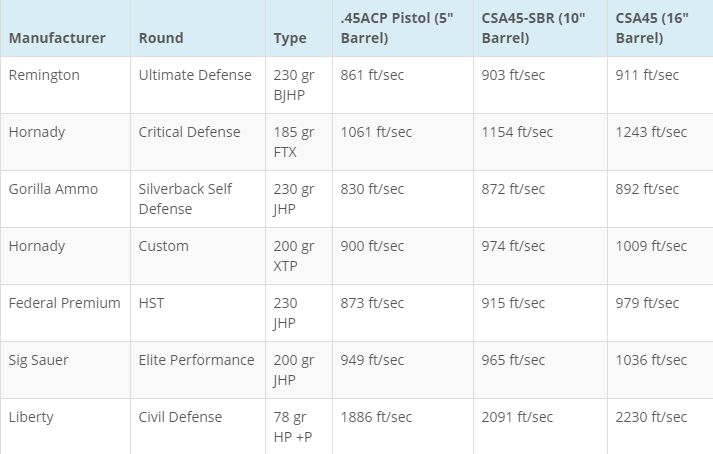

This force is felt in the hand or on the shoulder when a person fires a handgun or a rifle. Recoil is described by Newton's third law of motion, which states that for every action there is an equal and opposite reaction. The three actions described are increasingly more expensive to manufacture. The type of action used by a firearms designer will be determined by the design goal inherent for that firearm. The main difference is that there is a very strong lock in the locked breech action where the blowback systems rely on the inertia of components to provide safe operation. The locking mechanism will disengage after a certain amount of travel at which time the pressures will have dropped. This type of action utilizes the inertia of the locked together slide/breech and barrel so that its inertia prevents movement too quickly. At the point of firing the inertia pushes the barrel and slide/breechblock backwards together for a certain distance.

The breechblock is "locked" into the barrel. Locked breech This action is used when the pressure in the chamber is high enough that the opening of the breech would occur too rapidly with simple or delayed blowback which could cause weapons damage or human injury. Sometime a spring loaded lever is used to increase the resistance inertia of the slide/breech to keep the case in the chamber long enough to be safe. This is a more robust version of simple blowback.

Like simple blowback, it is case movement that opens the breech. Delayed blowback (also known as Hesitation) This action is found where recoil is light enough that a fully locked breech is not necessary. The inertia of the slide/breechblock will allow the case to move immediately but not so fast that dangerous pressures escape. This is not a locked breech and works by the cartridge case push against the breech and moving while there is pressure in the chamber. Versus other types Blowback This action relies on the inertia of a breechblock to retard breech opening until pressures have dropped to safe levels.


 0 kommentar(er)
0 kommentar(er)
